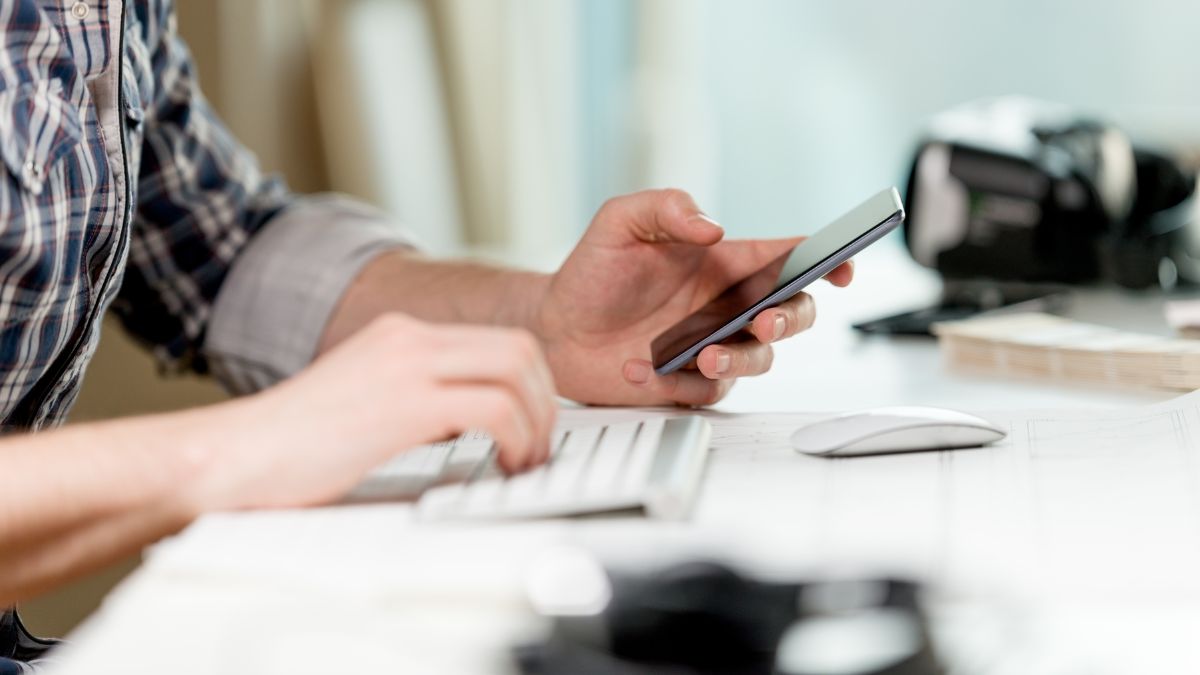The clip tray is a great function for efficiency and time saving. It is easy to use and can help you store text, images and other information that you cut or copy on your phone. But should you manage these files and delete them, and what are clip tray temporary files?
Clip tray temporary files is data that is saved when you cut or copy data including text and pictures. You don’t need to delete them as clip tray doesn’t take up a lot of processing power or memory; however, it may be worthwhile on very old devices.
Let’s look at what clip tray is, how it works, where it is, how to delete it and how best to manage clip tray for your device.
What Are Clip Tray Temporary Files on Android?
The clip tray is another name for the clipboard. Typically a clipboard is the place to store text, such as sentences, URLs or numbers so that they can be cut, copied or pasted into other areas.
The data that you copy or paste is stored in the device as clip tray temporary files. This data is only stored short term and is generally wiped after a few hours, and will often have a hard upper limit of around 20 to 30 items.
For example, Gboard tends to only keep copied items for approximately an hour, so you should pin items if you want to keep them longer than this.
The way clip tray works is quite different depending on your phone model, as some devices only allow one clip with the next clip overwriting the previous, or sometimes almost unlimited items being able to be cut or copied for access later.
The function also extends to pictures and other data, not just plain text. This means you can copy a picture from a source, and then paste it to another destination from the clip tray, without having to save it locally and then upload it again.
Clip tray temporary files are by definition not permanent, although they can be pinned within the clip tray to change them from temporary to semi-permanent. Keep in mind that this function is not available for all phone models, especially older ones.
Where Is Clip Tray on Android?
As the clip tray is related to text functions, you can find it on your Android device if you open up apps like the messages app. Tap and hold in a text field or on any text and you’ll see the clip tray dialog.
Some phone brands like Samsung and LG have the clip tray option placed above the keyboard app or you can switch to it from the bottom left side of the keyboard.
The icon for the clip tray is the standard clipboard symbol.
The clip tray is a function rather than a standalone app, so you can’t access it directly but it will be available when dealing with text such as in messages, the browser and apps like Facebook.
Clip tray should be available from any keyboard, including Swiftkey, Gboard and the default keyboard app. You can go into Settings and then find Language and Input to try installing a new keyboard if the one you have doesn’t come with clip tray.
Should You Delete Clip Tray Temporary Files?
Although clip tray doesn’t contribute much if anything in regards to slow down for newer or bigger devices, it may have a performance impact on older, legacy or smaller devices.
If you don’t want these items anymore, you can tap and hold on a text field to bring up the clip tray, and then tap and hold on some copied text to remove or delete it.
If this function isn’t available, such as on some LG phone models, you can instead copy more text to the clip tray which will overwrite the previously copied text.
Temporary files can accumulate over time on a device, causing slowdowns and occupying storage space that would be better suited for other components on your device. The data that remains in the cache of an app like clip tray temporary files would also contribute to this.
Deleting them won’t impact you in any significant way, and as long as you have backed up the text you need to keep, such as Google Drive or other note keeping apps.
If you have many pictures copied to a clip tray, this could start to impact performance to a greater extent than if you just have plain, unformatted text copied.
In the scheme of things, even pictures aren’t going to be impacting your device if it has enough RAM and a good processor.
How Do You Retrieve Items From Your Clip Tray?
Every time you cut or copy text it will add it to your clip tray in descending order chronologically. Meaning when you tap and hold to bring up the clip tray, it will show the most recently copied or cut text first, with the next being below it.
You can scroll down or swipe the screen down to see the next oldest clip. Hitting the pencil symbol will turn into an interactive menu where you can select all the clips that you want to either pin or delete.
It is also possible to pin copied or cut text within the clip tray so you can access it later. This seems to keep that text there permanently until you manually delete it or clear temporary files from your phone.
If you’ve copied over or not pinned the clip tray data and you can’t find it in the clip tray anymore, there’s no way to retrieve this anymore unless you’re willing to shell out serious dollars to a data recovery expert, and even then the chances of recovery are very low.
If you’re on a Windows device, you can hit the Windows key and the V key at the same time to bring up the clip tray, and this can be synchronized across all devices if you’ve got them linked via a Microsoft account.
Some of the best things to leave pinned in clip tray are common phrases, numbers or text that you find yourself sending out.
You can save your name, your address or directions to your place, common phone numbers, membership numbers or other vital data that you want quick access to without having to open up another app or search through emails to find.
One of the best usages for this is to put your bank details down so you can request payment for something, or to put down a special parcel locker address for all your online orders.


